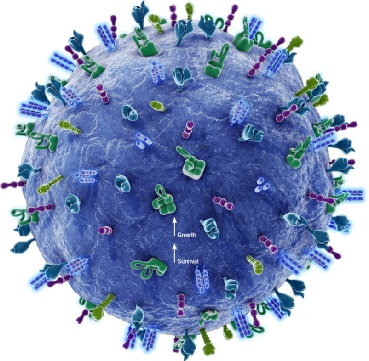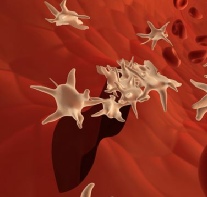




Cells and Systems
Atoms and elements
Energy
Nutrition and Digestion
Pure and impure
Energy transforms
Timeline












